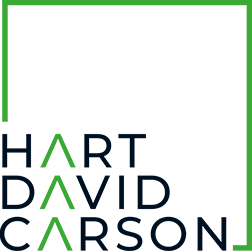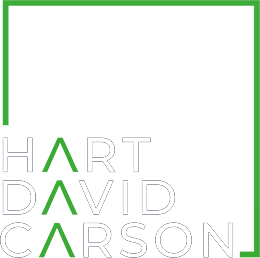Often, injuries result from a faulty product. A case involving this type of injury falls under product liability, in which either the manufacturer, the party who designed the product, or those in charge of marketing and labeling are held responsible for any damages that may result.
These types of claims are further divided into different categories depending on which party is responsible.
Main Types of Product Liability
In any product liability case, injuries may result from any of the three following defects and faults:
- Design defects
- Manufacturing defects
- Faults in marketing/labeling
The type of defect will ultimately help determine who is to be held liable for damages.
Design Defects
A design defect is a flaw in the product that results from a fundamental design flaw. In these cases, engineers or product designers would be to blame for any injuries that result from an inherently flawed product.
Manufacturing Defects
In some cases, a product is well-designed, but might still have issues that result from the manufacturing process. There may be an inherent flaw with the manufacturing line, or it may be a matter of a single bad batch of product. Often, poor quality control is to blame for products with manufacturing defects hitting the market.
Labeling Defects
A labeling defect may also be referred to as “failure to warn,” meaning the labeling does not adequately warn of the hazards involved with using a particular product. Some products are perfectly well designed and manufactured, but may still pose a hazard due to their inherent function.
For instance, cleaning products often use chemicals that are needed for cleaning but are harmful if ingested. Most might be aware of this, but even so, a lack of warning labels notifying consumers of that fact could still result in a product liability case.
Commonly Defective Products
While all types of products have been at the center of product liability claims, some are more prone to these claims than others. These include:
- Pharmaceuticals
- Medical devices
- Cleaning products
- Industrial equipment
- Children’s toys
- Household appliances and electronics
Typically, the higher the physical risks associated with using a product, the more likely it is to be involved in a product liability case.
Often, a company that produces these types of products may recall them due to some design or manufacturing defect. Unfortunately, it’s often their customers who discover the defect rather than the company itself.
Pursuing a Product Liability Case
If you have been injured due to the use of a product, it may be the result of a product defect. In that case, the first thing you’ll need to do is seek the help of a personal injury attorney. Do so as promptly as possible—there is a time limit on these cases (typically two years), and it will take some time to complete the case.
The process of pursuing these cases involves determining who is liable for your injury. In some instances, this may be difficult to do since many people are involved in producing and marketing any given product. Finding out who is liable will depend largely on the nature of your accident, so it’ll be important to record any details you can remember.
With that information, an experienced attorney can help you figure out the responsible party and secure damages for your injury.

